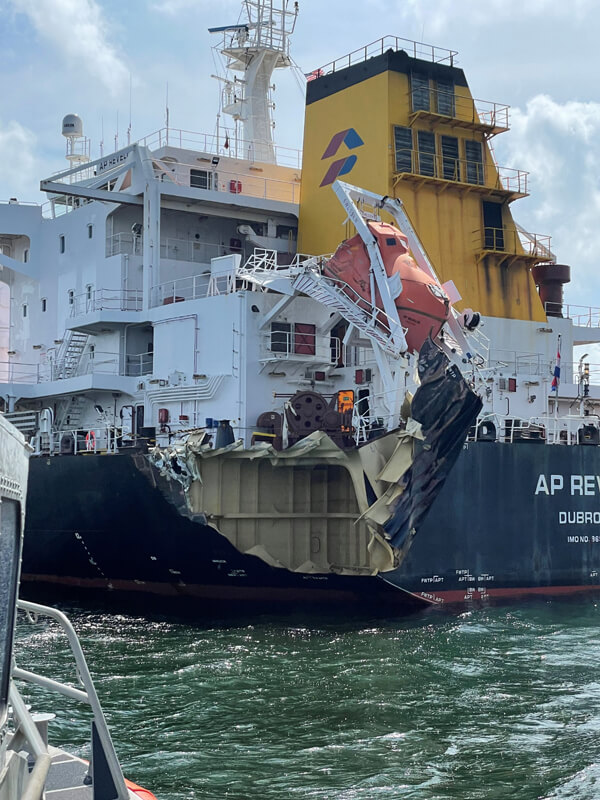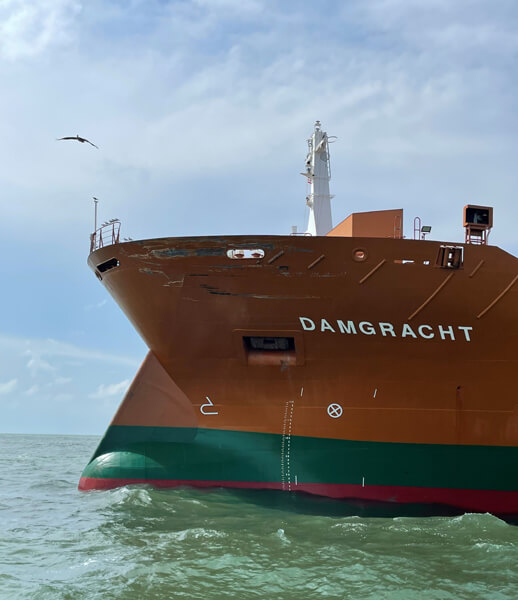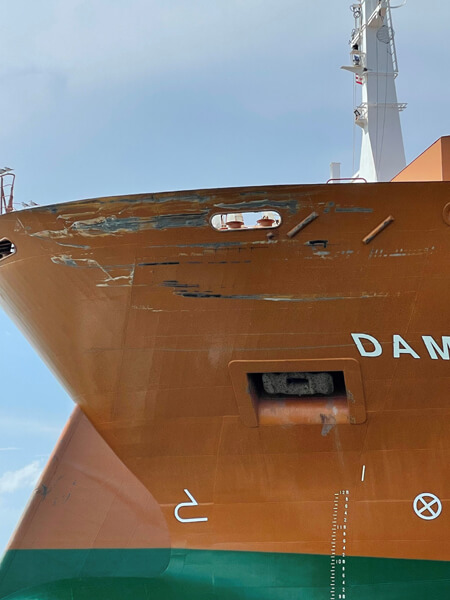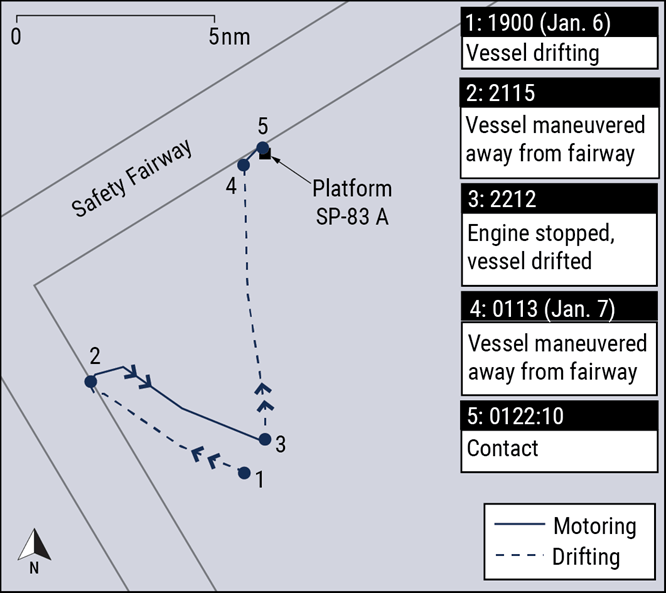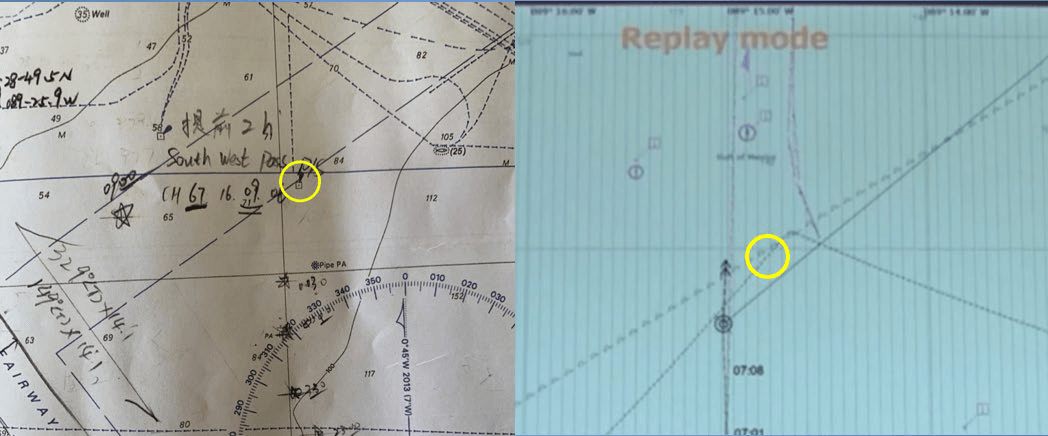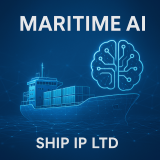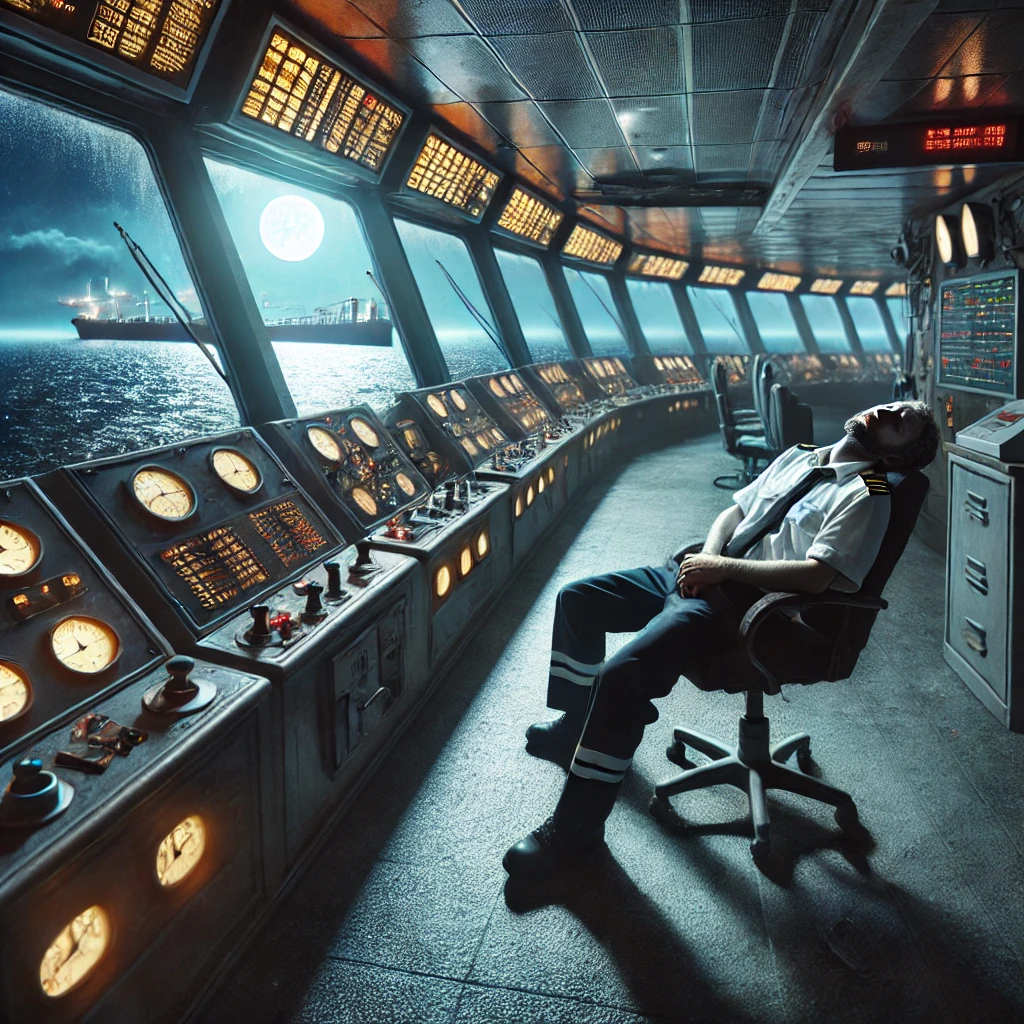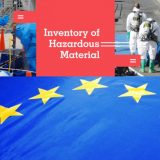The harbor tug Maju 510 has become the first vessel in the world to receive autonomous and remote-control navigation notation from classification society ABS.
The vessel is also the first Singapore-flagged vessel to receive the Smart (Autonomous) Notation from the Maritime and Port Authority of Singapore (MPA).
The notations acknowledge the breakthrough performance of the tug, demonstrating autonomous collision avoidance capabilities in trials conducted at Raffles Reserved Anchorage, off Singapore Island, in March 2022.
The tug was fitted with a range of digital technologies from ABB. Keppel Offshore & Marine (Keppel O&M) lead the project on the Maju 510, which is owned and operated by Keppel Smit Towage, a member of Rimorchiatori Mediterranei.
The vessel has already distinguished itself as the world’s first vessel to secure the ABS Remote-Control Navigation Notation, following initial remote operation trials at the Port of Singapore in April 2021. The latest trials verified next level of autonomy, demonstrating automated situational awareness, collision avoidance, and maneuvering control provided by ABB Ability Marine Pilot Vision and Marine Pilot Control.
The 32-metre-long harbor tug demonstrated its ability to autonomously avoid collisions in various scenarios, such as when two other vessels approach simultaneously on colliding paths and when a nearby vessel behaves erratically. The trials were supervised by an onboard tug master.
“I had the pleasure of being aboard Maju 510 during the collision avoidance trials and experiencing how smoothly the tug performed in autonomous mode,” said Romi Kaushal, managing director, Keppel Smit Towage. “What I found particularly impressive was how the digital system identified one or several risks in the tug’s planned path and responded to set the vessel on a new, safer course. The vessel performed as if it was operated by an experienced tug master.”
By allowing the crew to focus on the overall situation rather than on performing specific maneuvers, the ABB Ability Marine Pilot product family enhances safety and efficiency in tug operations, which is particularly important in congested shipping hubs like Singapore, the world’s busiest container port. Furthermore, the systems can be upgraded to enable higher levels of autonomy depending on local regulations and the requirements of the vessel.
“As the systems integrator, Keppel O&M collaborated with ABB on customising the autonomous solutions to enhance the vessel’s operational safety and efficiency. By liberating the crew of time- and energy-consuming tasks and improving accuracy during critical maneuvers, our autonomous solution has proven its ability to increase safety in even the busiest of ports. The autonomous solutions are future-ready to handle the growing demand of tug operations in Singapore port”, said Aziz Merchant, executive director, Keppel Offshore & Marine. “Through digitalisation, enhanced connectivity, and integrating ABB’s technology, we are able to generate high accuracy positioning and maneuvering, with AI engines for marine object recognition and classification.”
In an earlier successful demonstration of ABB’s autonomous technology, the ice-class passenger ferry Suomenlinna II was remotely piloted through the Helsinki harbor. Like Maju 510, Suomenlinna II had been retrofitted with ABB Ability Marine Pilot Vision and ABB Ability Marine Pilot Control.


